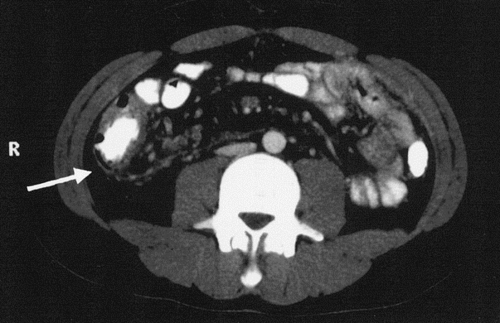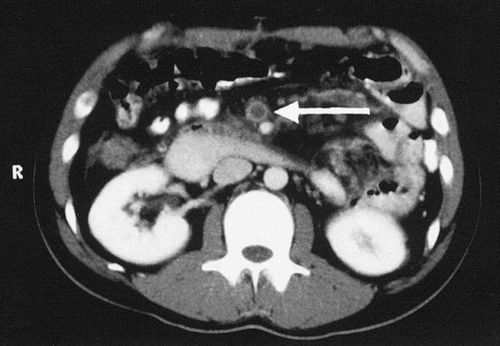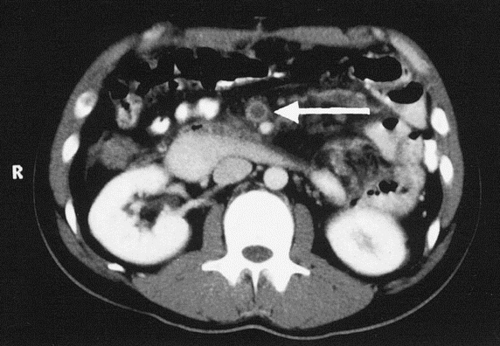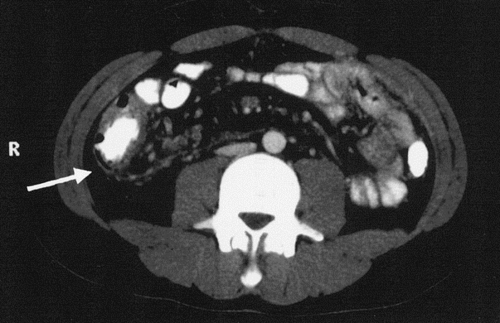Blunt injury to the thoracic aorta is one of those potentially devastating ones that you (and your patient) can’t afford to miss. Quite a bit has been written about the findings and mechanisms. But how do you put it all together and decide when to order a screening CT?
There are a number of high risk findings associated with blunt aortic injury. Recognize that they are associated with the injury, but are still not very common. They are:
- Fractures of the sternum or first rib
- Wide mediastinum
- Displacements of mediastinal structures (left mainstem down, trachea right, esophagus right)
- Loss of the aortopulmonary window
- Apical cap over the left lung
Here’s a sensible method for screening for blunt aortic injury, using CT scan:
- Reasonable mechanism (fall from greater than 20 feet, pedestrian struck, motorcycle crash, car crash at “highway speed”) PLUS any one of the high risk findings above.
- Extreme mechanism alone (e.g. car crash with closing velocity at greater than highway speed, torso crush)
Note on torso crush: I have seen three aortic injuries from torso crush in my career, one from a load of plywood falling onto the patient’s chest, one from dirt crushing someone when the trench they were digging collapsed, and one whose chest was run over by a car.




